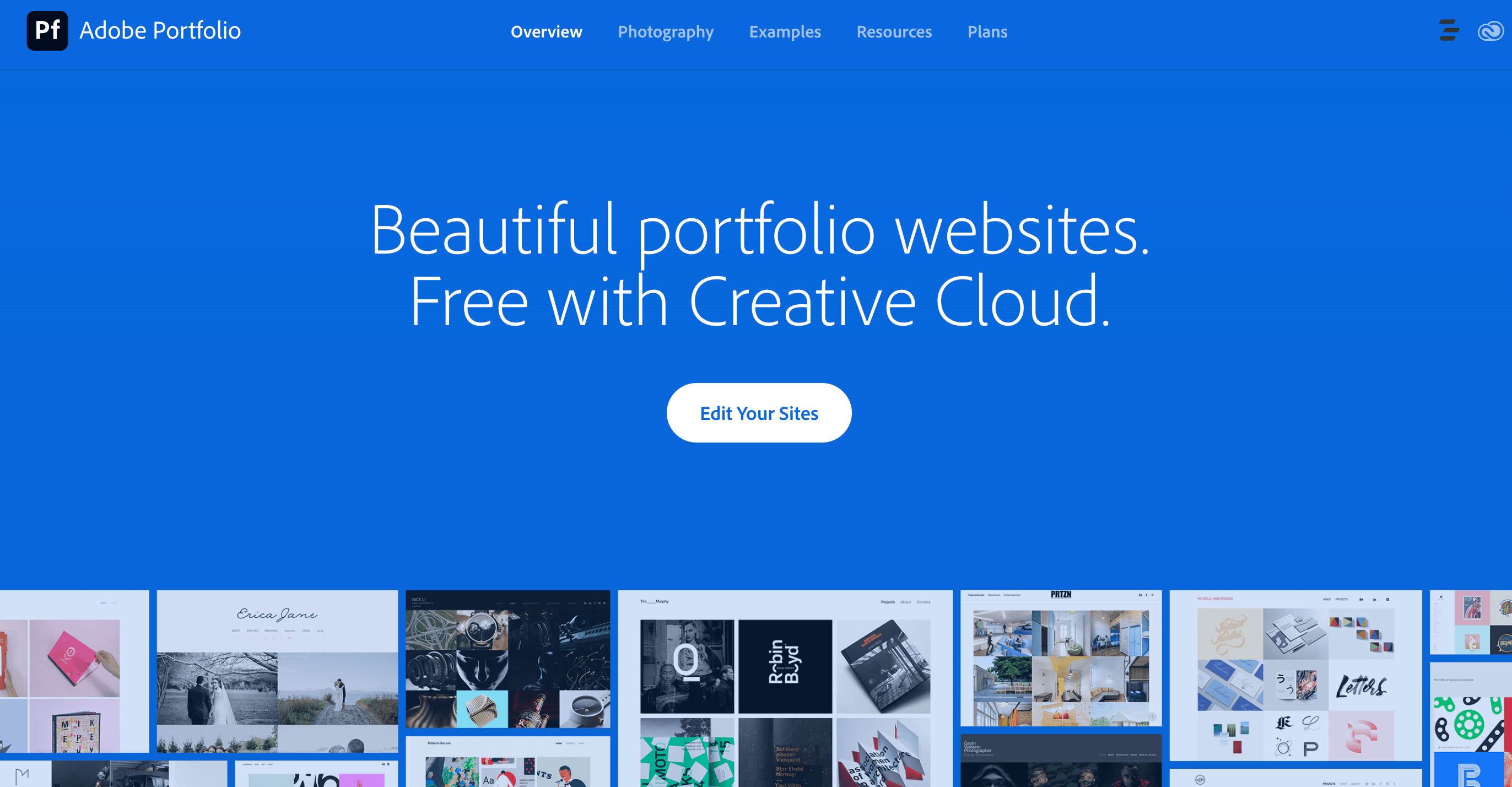A logo is extremely important in the realm of graphic design. It acts as a brand’s visual representation, conveying its essence, values, and personality. Creating effective logos takes careful consideration of a number of factors, ranging from simplicity and distinctiveness to versatility and scalability. We will delve deep into the art of logo design in this thorough guide, giving you with essential insights, strategies, and recommendations to help you develop logos that capture your audience and make a lasting impression.

Understanding the Purpose
Before beginning the design process, it is critical to grasp the logo’s function. Discover the brand’s identity, target audience, and overall message. This knowledge will serve as the foundation for designing a logo that accurately expresses the brand’s goals and resonates with its target audience.
Embracing Simplicity
A fundamental concept of effective logo design is simplicity. A clean logo not only improves memorability but also provides adaptability across many mediums and sizes. Aim for clear lines, minimalistic features, and an uncluttered composition so that the logo can be understood and identified at a look.
Uniqueness and Memorability
Your logo must be distinct and memorable in order to stand out from the crowd. Investigate the market landscape, rival logos, and design characteristics that are unique to the brand. By establishing a visually distinct logo, you improve the likelihood that your target audience will remember it.
Versatility and Scalability
Logos are employed in a variety of circumstances, including digital platforms and print products. Create your logo in a way that ensures its aesthetic impact and recognition across all mediums. It should be clear and effective whether presented on a website, mobile app, or billboard. Scalability is critical since it allows the logo to retain its integrity and legibility regardless of size.
Colors and Typography
Colors and typography are important in communicating a brand’s personality and creating desired emotions. Choose colors that complement the brand’s identity and are appealing to the target demographic. Consider color psychology while creating a balanced and striking color palette. Similarly, use typography that matches the logo design and expresses the personality of the company, whether it’s aggressive and energetic or elegant and polished.
Harnessing the Power of Negative Space
The empty or unmarked portions in a design are referred to as negative space. Negative space in logo design can be used to give depth, interest, and hidden meanings to the visual composition. It gives visitors a sense of discovery, making the logo more memorable and visually appealing.
Timelessness and Longevity
A effective logo should survive the test of time. Avoid using contemporary aspects that will quickly become old, necessitating repeated logo redesigns. Instead, concentrate on building a timeless design that will retain its relevance and effect for years to come. A logo that lasts saves the brand the trouble of ongoing rebranding efforts.
Soliciting Feedback and Iteration
Throughout the logo design process, it is critical to solicit feedback from clients, coworkers, and representatives of the target audience. Constructive criticism and varied points of view can provide significant insights and aid in the refinement of the logo design. Iteration based on feedback is critical in developing a final logo that matches with the brand’s goal and resonates with its target audience.
Vector Format and Software
It is strongly advised to create logos in vector format with applications such as Adobe Illustrator. Vector files may be scaled without losing quality, enabling for future tweaks and adaptations to be simple. They are critical for retaining the logo’s integrity across multiple applications and ensuring its adaptability.
Seeking Professional Help
Consider hiring a professional graphic designer that specializes in logo creation if you lack design skills or want to secure a high-quality product. They provide knowledge, new insights, and refined execution. Working with a professional can help you boost your logo design and get a visually appealing and successful result.
In graphic design, creating effective logos necessitates a combination of strategic thinking, creativity, and attention to detail. You can create logos that truly resonate with your audience and establish a strong visual identity for your brand by understanding the purpose, embracing simplicity, ensuring uniqueness, versatility, and scalability, selecting the right colors and typography, harnessing negative space, aiming for timelessness, seeking feedback, utilizing vector formats, and considering professional assistance.



